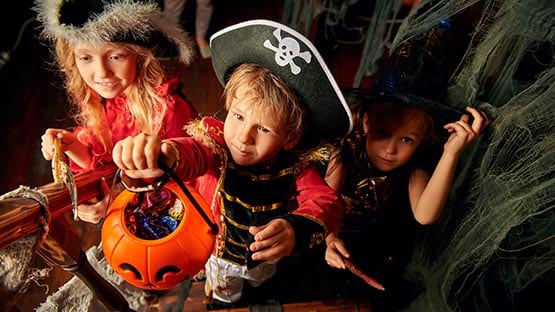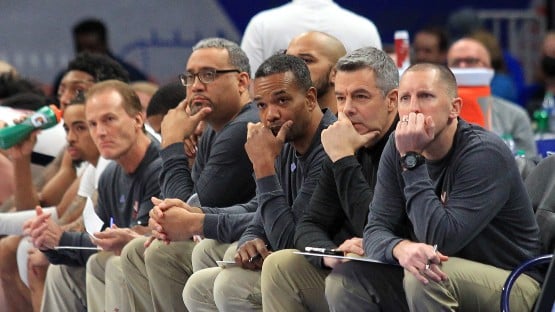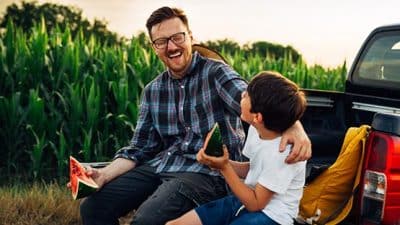
– stock.adobe.com)
When it comes to the true origins of Halloween, you cannot get more Christian.
The Catholic church chose October 31 for the celebration, and encouraged believers away from pagan gods and spirits and to the church’s doors.
The first commandment is “You shall have no Gods before me.” And the Catholic church worked to bring believers to the ways of Christ and away from spirits and ghosts.
“The Catholic church is really good at a lot of things,” said author Theresa Bane, who lives in Staunton and spoke this morning at Blue Ridge Community College.
In the 7th century, believers were encouraged to convert to Christianity so they could pay less taxes. But church also offered food, warmth and shelter from the cold, harsh world.
The need for costumes arose from a need to avoid getting kidnapped by fairies. Believers dressed in horrible costumes to dissuade the fairies or dressed up in their best to look like fairies.
“Fairies were not looking to kidnap other fairies,” Bane said.
The belief was that fairies kidnapped believers, brought them to their world and made them do chores.
“Fairies got blamed for a lot of things: good and bad,” Bane said.
By the Middle Ages, disadvantaged adults were growing weary of souling, going door to door offering to pray for the rich in return for food. So adults began sending their children on souling excursions, which eventually was called trick-or-treat.
In the 19th Century, faces were carved on vegetables in Ireland and Scotland, but not on pumpkins.
“So the jack-o-lanterns were turnips.”
And candles were too expensive to place inside the vegetables for decoration.
An ancient Irish story about Stingy Jack is why jack-o-lanterns were placed on doorsteps. They warded off the devil who had made a deal with Stingy Jack and was prepared to break the deal.
At this time, Halloween had not yet found its way to America, but the first vampire story was in America sometime in the 1880s.
Mercy Brown had contracted tuberculosis, which had no treatment or cure. When she died, her mother and sister also become ill with the respiratory illness, and her father blamed Mercy. He dug her body up and burned it because he believed she was a vampire.
America can thank the Irish immigrants who arrived on its shores after the potato famine of 1845 for bringing Halloween.
“And with them they took their traditions [to America],” Bane said.
And in true American style, Americans made Halloween bigger and better.
In the 1930s, American streets were rampant with vandalism and violence. The haunted house was invented as a distraction to bring Americans off the streets and keep them from committing vandalism.
Costumes as we know them today began in the 1950s with plastic masks for children, who would go trick-or-treating while adults attended adult costume parties.
The 1980s brought capitalism. “Halloween takes off,” Bane said of the holiday’s economic impact on American society.
All was going well until Roy O’Brien decided to spike pixie stix with cyanide. Fortunately, only one child died, but the child was his son. Someone else decided to spike Tylenol while in pharmaceutical production with cyanide, and Americans began to lose trust in society when it came to the fun of Halloween.
“Halloween never recovered from this,” Bane said.
In the 2000s, Halloween has become a holiday celebrated when it is convenient.
The holiday that Americans spend the second most on, which was $10 billion in 2021, has become a time for trunk-or-treats in church parking lots and work holiday parties.
“Halloween has kind of lost its magic,” Bane said.










